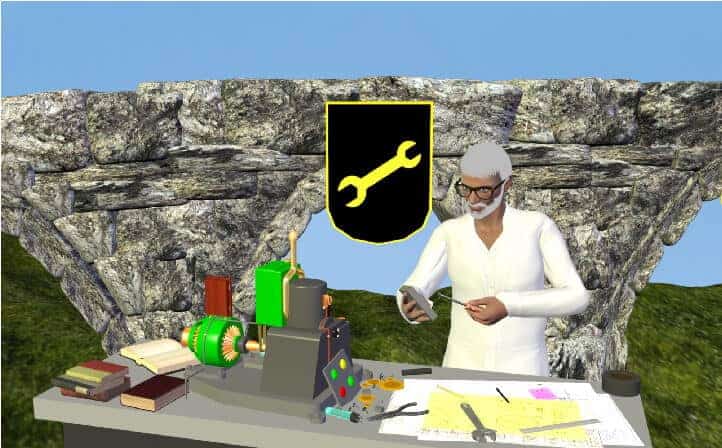
Note I said conception was only a “a hopeful best guess “ at how the invention could be practiced. It’s perfectly possible to get a patent based on something that seems to work on paper.
A few of my own have been “paper patents” of this sort, where I or my employer just didn’t have the resources to test it out, or they decided not to bother. For example, my “Composition for Radiation Shielding,” conceived while I worked in a nuclear lab, is just a “paper patent” since the Department of Energy declined to furnish the depleted uranium I'd have needed to build and check it out.
Where possible, of course it’s best to try out your invention and make sure it works. Not only does this give you more ammunition for defending the claims but also, in actually building a machine or carrying out a process, you’ll zero in on the “best” way (the “preferred embodiment,” in patent-speak) or even find more than one. The more options you describe in the application, the harder it will be for a competitor to work around it and the stronger your patent will be.
VentorBridge specializes in benchtop-scale reduction to practice. What this means is, we’ll provide you with a tabletop-sized (or smaller) working model of the invention if we can. In addition to proving it works and hopefully identifying one or more preferred embodiments, this can be a valuable tool for raising money. Investors tend to be “show-me” types, and one real, working apparatus you can bring into a conference room is often better than reams of handouts or megabytes of PowerPoint slides.
Unfortunately, there are some areas in which we just don’t have the equipment or expertise for a complete reduction to practice. Most of those areas are listed here. Even so, we can often do a partial reduction using less hazardous or highly-regulated materials.
